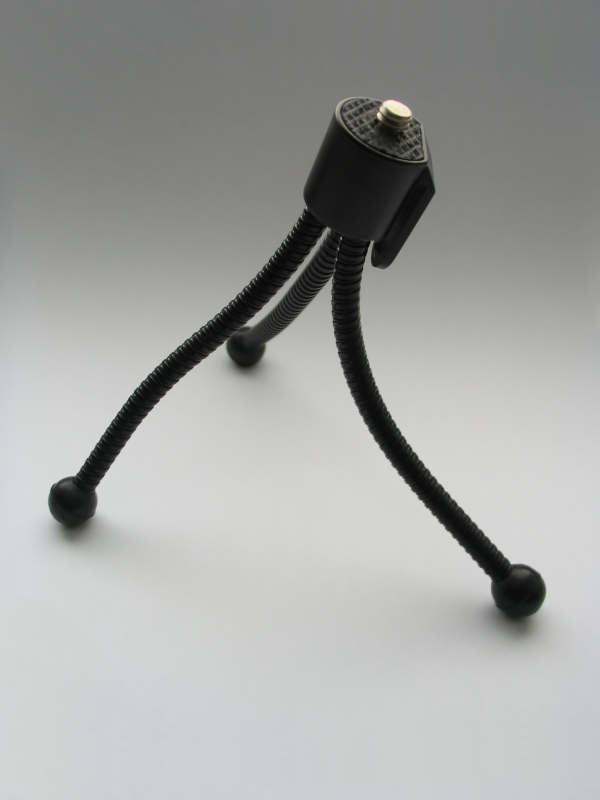Both Direct CAD and parametric history-based CAD systems let you create designs, build 3D models and then create things like BOMs, layouts, and other manufacturing prep sort of things. But there are some things Direct CAD can do for you that you just can’t get with the other CAD software.

- Direct CAD software lets you read in other file format and then work on them as if they were native files. Are you getting various file formats from your customers? Do you need to export files in your customer’s preferred format? Do you feel pressure to buy an expensive CAD seat “just in case?” Direct CAD keeps you independent
- Let’s say you’re a designer who uses Direct CAD and you have a brilliant idea for a design. As you’re visualizing your idea, do you think about the design itself, or do you think about how you need to build your design in your software? Direct CAD lets you create your designs front-to-back, side-to-side, upside-down and back again. And you never have to worry that you created your design in the right succession of steps and constraints—all you need is the geometry. Direct CAD gives you incredible flexibility in the way you design
- Direct CAD isn’t “use it or lose it.” Many other history-based CAD systems are extremely complex, require hours and days of training, and if you don’t use it that often, you’ll spend more time trying to get reacquainted with software than you will on your model. That must be why so many companies have one dedicated person whose only job is to run the CAD software. Why spend so much time learning software when all you need is a 3D model? Direct CAD is easier to learn, easier to use and easier to retain.
So, think about your CAD needs. If you need a flexible tool that lets you create designs or work on 3D models whenever and however you wish, you should give Direct CAD a try. It’s certainly more user-friendly and easier on the wallet.

